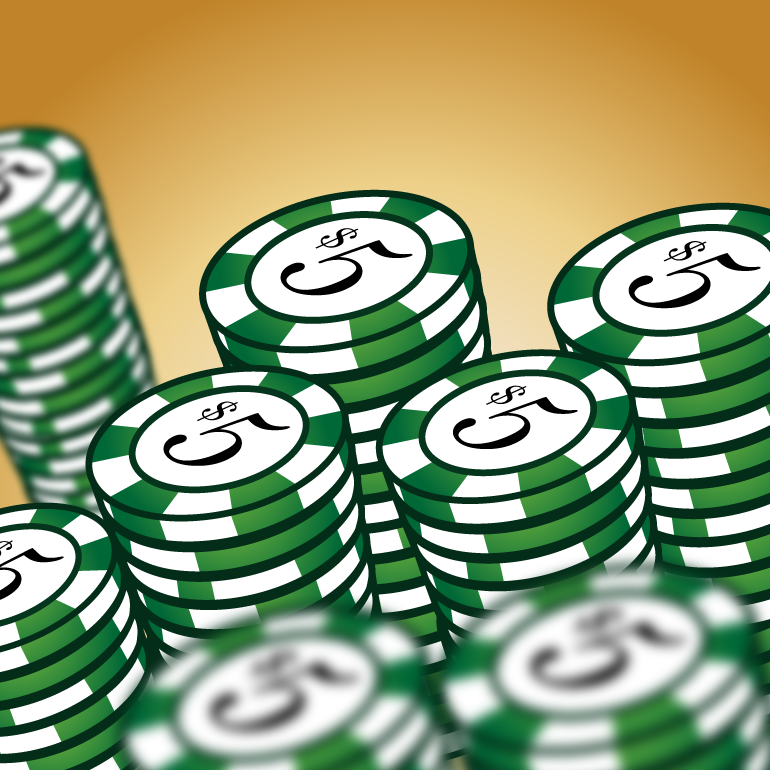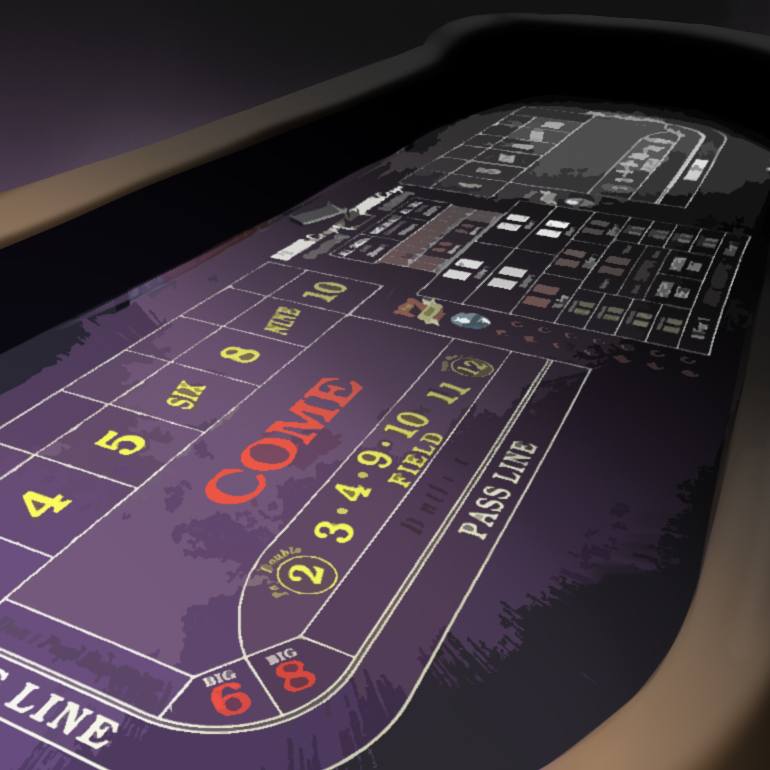Practically every craps system has an internal logic that makes sense to the people who use it in casinos.
If you place 6 and 8 at the same time, you have 10 ways to win and only six ways to lose, right? If you bet pass and don’t pass at the same time, then lay odds on don’t without taking them on pass, don’t you have your big bets down when you’re favored to win?
And if you bet don’t pass, then lay odds on 4, 5, 9 or 10 but not on 6 and 8, aren’t you skipping the numbers that are most in the shooter’s favor?
Every one of those systems comes with a big “Yes … but …”
There are flaws in the logic that disguise the reality of the unchanging house edge.
Let’s take a closer look at each.
Placing 6 and 8
It’s true as far as it goes that when you place 6 and 8 at the same time, there are 10 ways to win and only six ways to lose.
If you the shooter rolls a 6 before he rolls a 7, you have five ways to win: five on the first die, one on the second; four on the first die, two on the second; three on each die; two on the first, four on the second; and one on the first, five on the second.
If the shooter rolls an 8 before a 7, you have five ways to win there, too – the five ways to roll 8.
That’s 10 ways to win when you play both at the same time. The six ways to roll 7 are the only ways to lose.
That glosses over the fatal flaw: Any 7 costs you two bets at once.
If you bet $6 on 6 and $6 on 8 to take advantage of the 7-6 odds paid to winners, you win $7 on any of the five 6s and $7 on any of the five 8s, a total of $70 with average results. But you lose $12 on any of the six 7s, a total of $72.
The result is that the house has the same 1.52% edge on the combination as it has on either bet.

Pass and Don’t Pass at the Same Time, Lay Odds on the Don’t Side
This time the theory is multifaceted: pass and don’t pass cancel each other out. Once a point is established, don’t pass is favored to win and pass is favored to lose. So the extra factor beyond the bets offsetting each other are the lay odds, and they only come into effect when favored to win.
➔ Flaw No. 1: Pass and don’t pass are not exact opposites and do not cancel each other out.
The key is the comeout roll, where pass bettors win on the six ways to roll 7 and two ways to roll 11, and lose on the one way to roll 2, two ways to roll 3 and one way to roll 12.
That’s eight ways to win and four ways to lose.
Don’t pass bettors lose on the eight 7s and 11s and win on the one 2 and two 3s, but they don’t win on the 12. When the shooter rolls a 12 on the comeout, don’t pass bets push.
So if you bet pass and Don’t pass at the same time, the comeout brings 11 wins (eight on pass, three on don’t pass), but 12 losses (four on pass, eight on don’t pass).
If the roll is anything other than 7, 11, 2, 3 or 12, that number becomes the point, and point numbers do offset between pass and don’t pass. Once there’s a point, every pass win is a don’t pass loss, and vice versa.
But the difference in comeout wins/losses assures the house of an edge against anyone who tries to bet both sides.
➔ Flaw No. 2: While it is true that don’t pass is the favorite once a point is established, laying the odds does not give you an edge.
When you lay odds, you are giving the house true odds. If the point is 6, for example, you have six ways to win and five ways to lose. You must lay odds in those proportions, betting $6 for every $5 you hope to win.
In an average 11 decisions with 6 as the point, a don’t bettor could expect to win six times and lose 5. If you bet $6 on each, you’d win $5 on each of the six wins for a total of $30. You’d lose $5 on each of the six losses, also a total of $30.
So to break down your total wagers, when betting both pass and don’t pass and laying odds on the don’ts you lose money on the comeout, your pass and come bet offset each other on the point numbers, and your wins and losses on the lay odds also offset.
The system can be fun to play and there will be some winning times, but overall, with average results, it will lose money because of the comeout situation.

Don’t Pass, Lay Odds Only on 4, 5, 9 and 10
Players who use this system are working on the assumption that 6 and 8 are shooters’ numbers and therefore numbers to avoid for don’t players.
After all, place bets on 6 and 8 are among the better bets in the house, and pass players do like to see the shooter roll those numbers. They are the most frequent winners for those betting with the shooter.
However, don’t pass bettors are the favorites on 6 and 8 just as they are on any other point number.
They’re bigger favorites on other numbers. On either 4 or 10, they have two ways to win for every one way to lose; on 5 or 9, they have three ways to win for every two ways to lose; and on 6 or 8 it’s six ways to win per five ways to lose.
To translate into odds-to-1 in favor of the don’t pass bettor, it’s 2:1 on 4 or 10; 1.5:1 on 5 or 9; and 1.2:1 on 6 or 8.
Lay odds are set up so they pay at true odds. There is no house edge and no player edge on that portion of your wager.
However, if the object of the exercise is to maximize your wager whenever you are the favorite to win, that would be on every point number.
It’s not true that 6 and 8 are shooters’ numbers or pass players’ numbers. They favor don’t pass players – just by a smaller margin than other point numbers.


